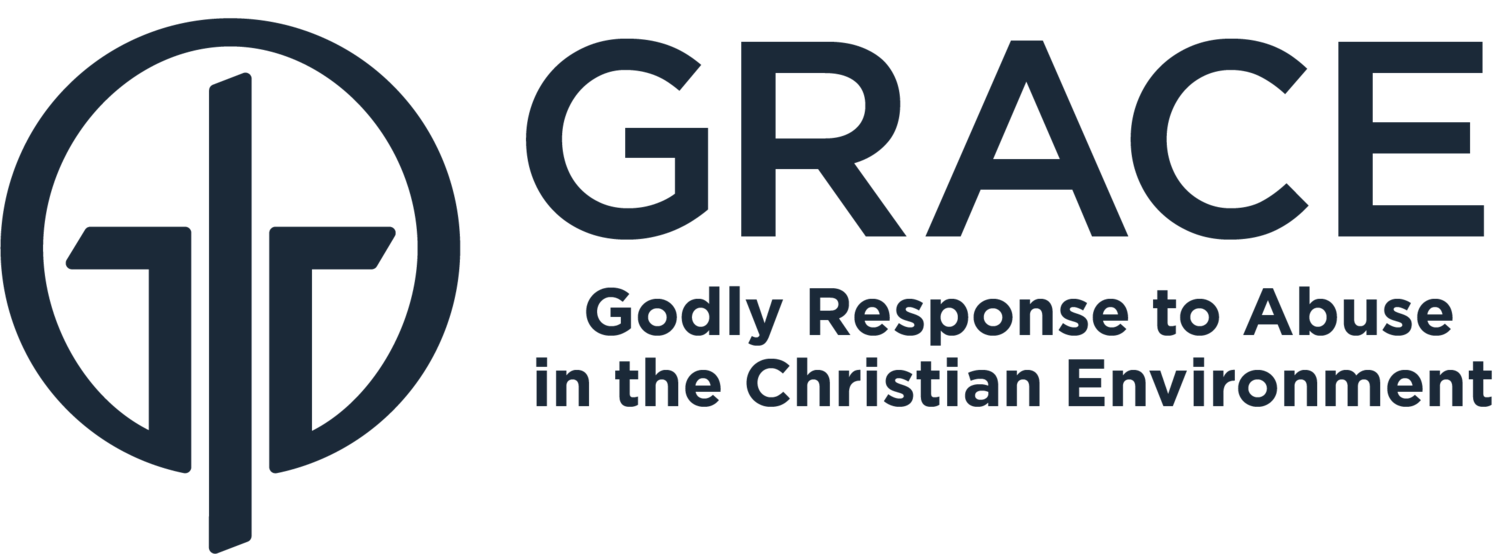The Gaslight Religion: When Faith is Used to Make You Question Your Reality
The Gaslight Religion uses the language, ritual, and authority of faith not to liberate, but to control. It may not have a formal name or structure. Often, it’s a set of unspoken rules and reactions—a climate of confusion cloaked in sanctity.
It thrives in settings where spiritual trust is weaponized. Where questions are treated as threats, and doubt is labeled rebellion. Where image management is valued over truth-telling, and comfort is granted only to the powerful.
Gaslighting in this environment can take many different forms, but here are some examples:
Spiritual framing of abuse: Harm is reframed as divine discipline. You’re told, “God is using this to grow you,” or “You need to forgive and move on.”
Moral inversion: Moral inversion is when good is framed as evil and evil as good—truth-telling becomes treason.Those who expose harm are portrayed as the problem. Victims are cast as divisive. Moral clarity is recast as arrogance.
Erasure of agency: People are told their suffering is God’s will, or the result of their sin. They’re stripped of choice and voice. Agency—the capacity to act, decide, and assert one’s will—is seen not as a human right, but as a spiritual threat.
Image management cloaked in righteousness: Leaders don’t name wrongdoing; they deliver sermons on unity. They don’t confess; they call for prayer.
Click the link to read the article - The Gaslight Religion

